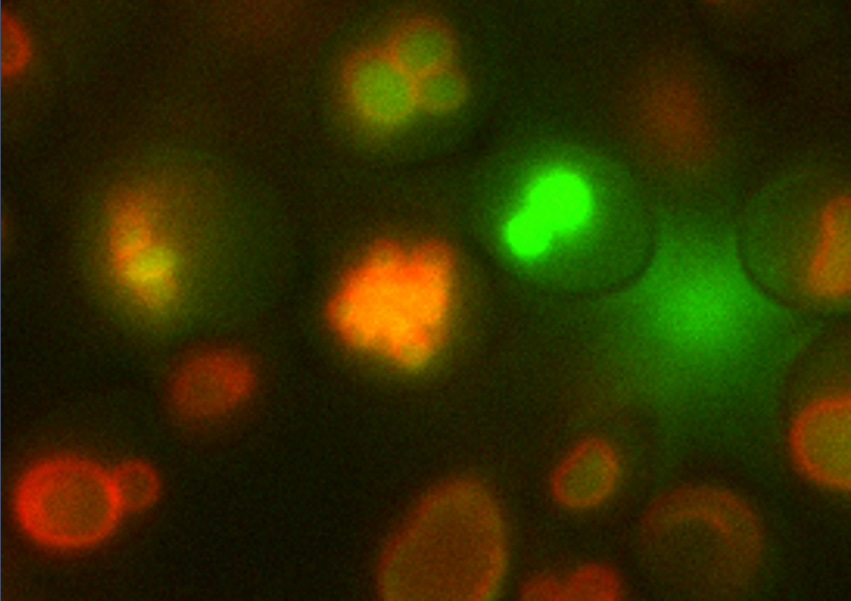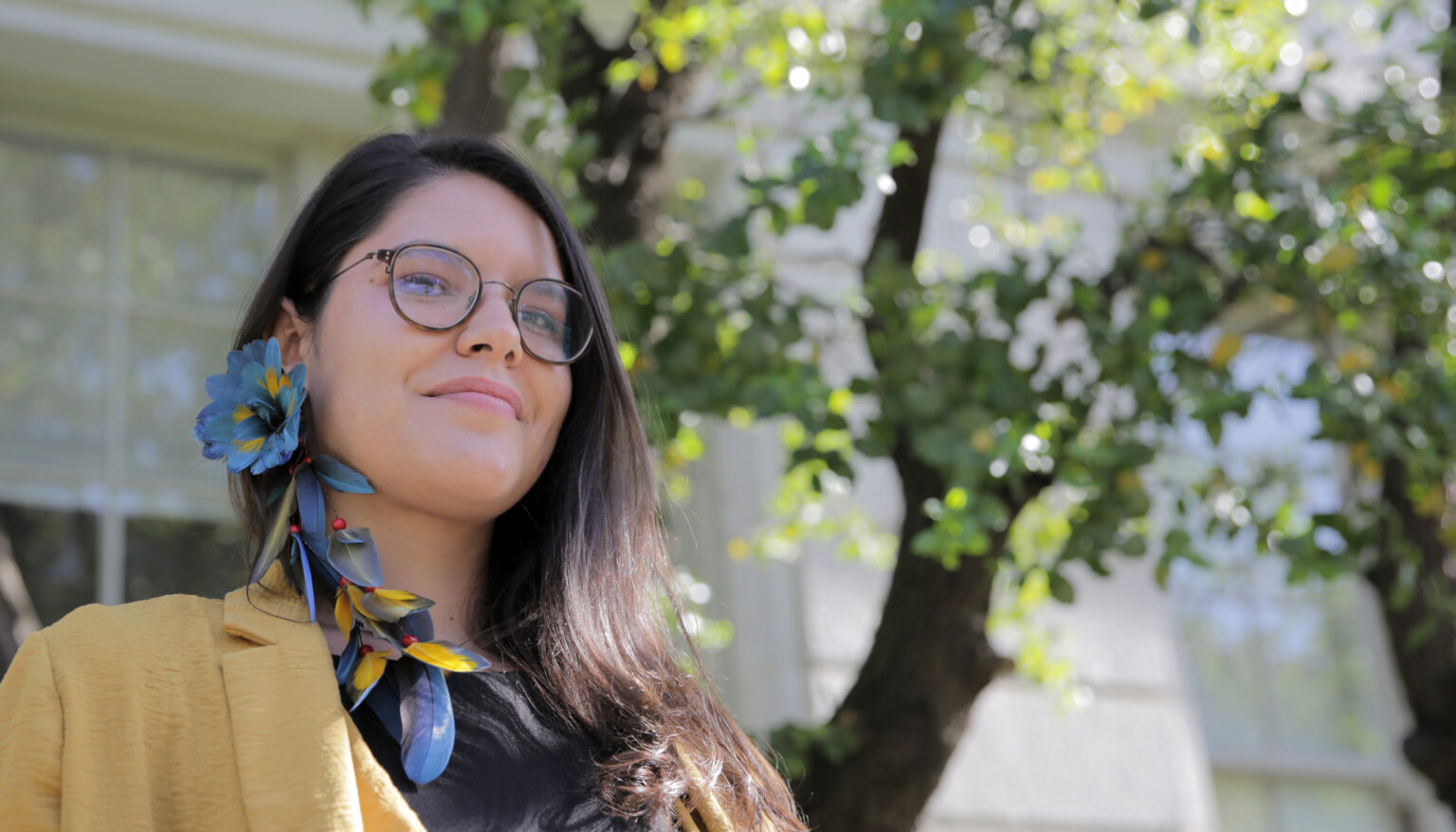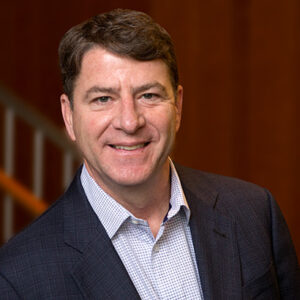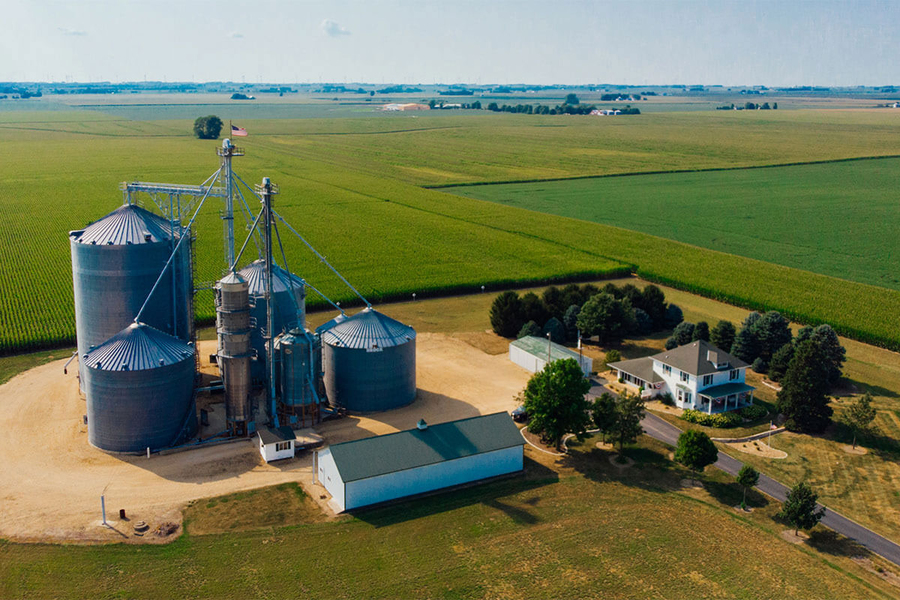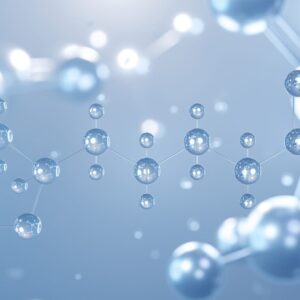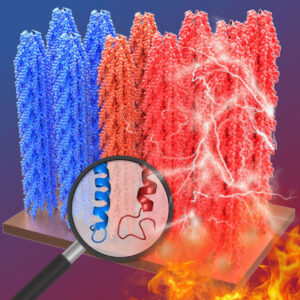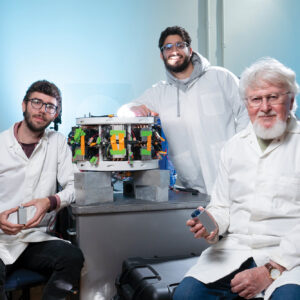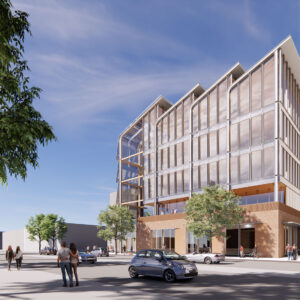Impact Area: the Environment

Bioengineering is ideally placed to address environmental problems in our warming world. Our faculty and students are always looking for ways to apply their research to solving challenges in climate change, agriculture, environmental remediation, green manufacturing, and more.
News About: Environmental Impact
New Process Uses Microbes to Create Valuable Materials from Urine
A team led by BioE alumnus Yasuo Yoshikuni genetically modified yeast to create hydroxyapatite, a strong and lightweight material, from the elements present in urine. With lower production costs the material may now be practical for use in wastewater treatment, fertilizer manufacturing, building materials and plastic replacement.
Equipad wins Collider Cup Alumni Expo Award
BioE-founded startup Equipad is on a mission to provide free, eco-friendly, accessible menstrual care in innovative roll format in restrooms everywhere. Recent BioE graduates Sanjana Gurram and Bryan Wong, with Master of Development Practice alumna Pooja Patel, have developed the materials and dispenser voted best alumni project at the Collider Cup.
Indigenous knowledge helps biotech find new drugs. This grad student wants those companies to give back.
Bioengineering doctoral student Maria Astolfi and her colleagues argue for a new type of partnership with indigenous peoples to create a more ethical bioeconomy.
Messersmith named AAAS Fellow
Bioengineering Chair Phillip Messersmith has been named to the 2024 class of fellows elected to the American Association for the Advancement of Science (AAAS), one of the world’s largest general scientific societies and publisher of the Science family of journals.
Pivot Bio is using microbial nitrogen to make agriculture more sustainable
Co-founded by BioE alumnus Karsten Temme, Pivot is bringing cleaner nitrogen to American farmland.
New recyclable adhesives can be easily adapted for medical, consumer and industrial applications
Messersmith Lab has created a family of polymers from a stabilized alpha-lipoic acid which could lead to versatile, high-performance and environmentally friendly recyclable adhesives.
Putting on the heat
Professor Seung-Wuk Lee discusses pyroelectricity: the finding that viruses can generate electricity when exposed to heat, and how this may pave the way for next-generation biosensors and diagnostic tools.
Cool it down
How isochoric preservation can protect food, organs — and even the planet. Professor Boris Rubinsky discusses the state of the art in cryogenics and preservation.
Viral Pyroelectricity with Seung-Wuk Lee
Professor Seung-Wuk Lee discusses pyroelectricity: the finding that viruses can generate electricity when exposed to heat, and how this may pave the way for next-generation biosensors and diagnostic tools.
Bakar ClimatEnginuity Hub: Berkeley’s new home for climate innovation
Professor David Schaffer will lead the new Bakar ClimatEnginuity Hub, an incubator that will provide resources and support to entrepreneurs in renewable energy and clean technology.


